A Pair of USU Professors Have Joined an International Team to Study Carbon Farming
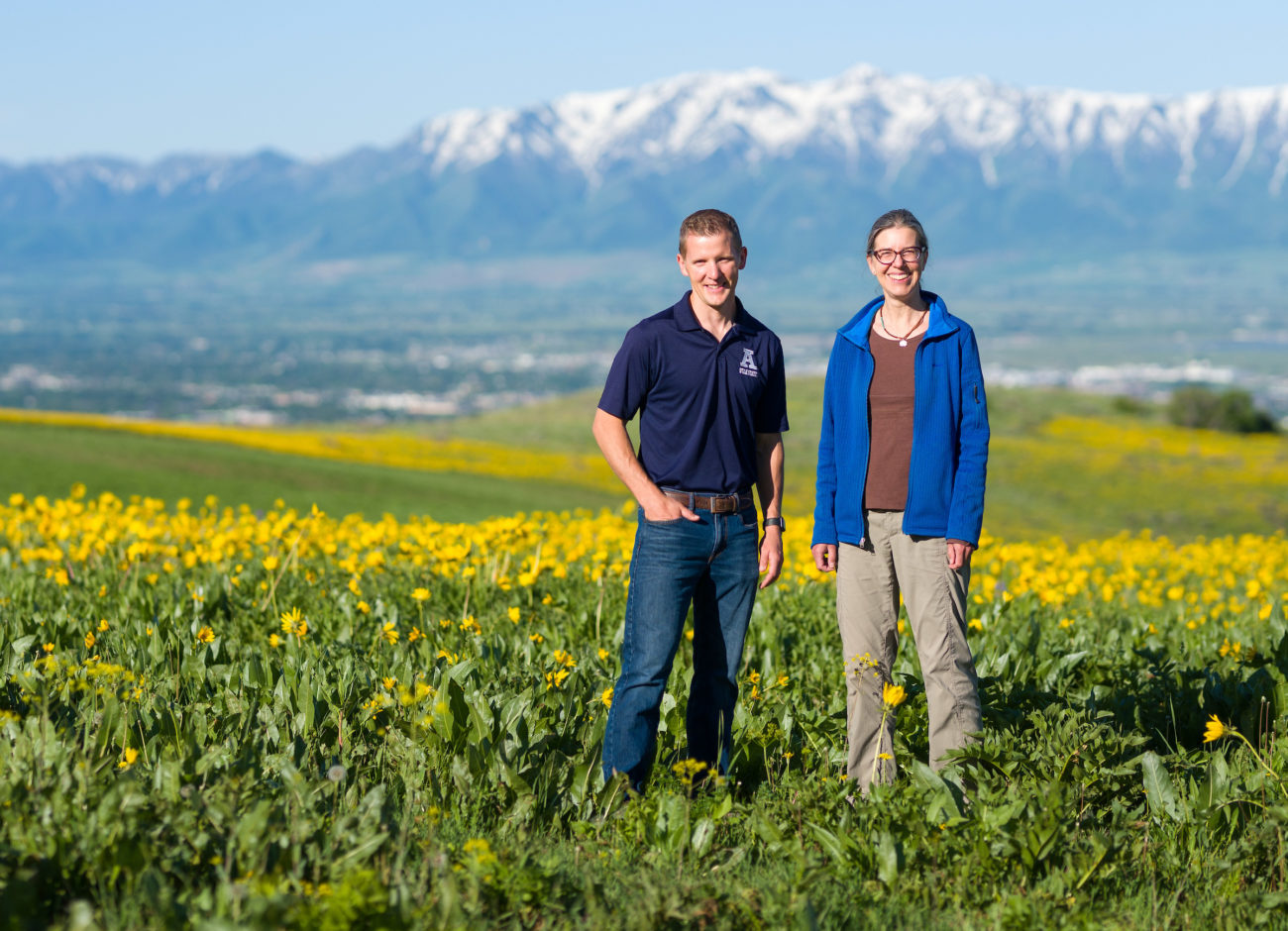
Carbon farming has garnered increasing attention as a way to reduce carbon dioxide in the atmosphere.
By Ethan Brightbill
By locking carbon into the soil through agricultural practices, farmers can enrich the soil of their fields. And by paying farmers to sequester even more carbon, some companies hope to offset their own carbon emissions.
However, there’s a serious problem: no one is sure just how much carbon is pulled from the atmosphere by carbon farming.
Jennifer Reeve, associate professor of organic and sustainable agriculture, and Matt Yost, associate professor and agroclimate Extension specialist, hope to change that. The two have joined an international team led by the Ohio State University’s Rattan Lal on a $15 million project funded by the Foundation for Food and Agricultural Research that aims to gather data on how different farming techniques remove carbon from the atmosphere. With the hard numbers the team acquires from across the United States, meaningful carbon markets can finally be established, and that could be a vital tool in slowing climate change.
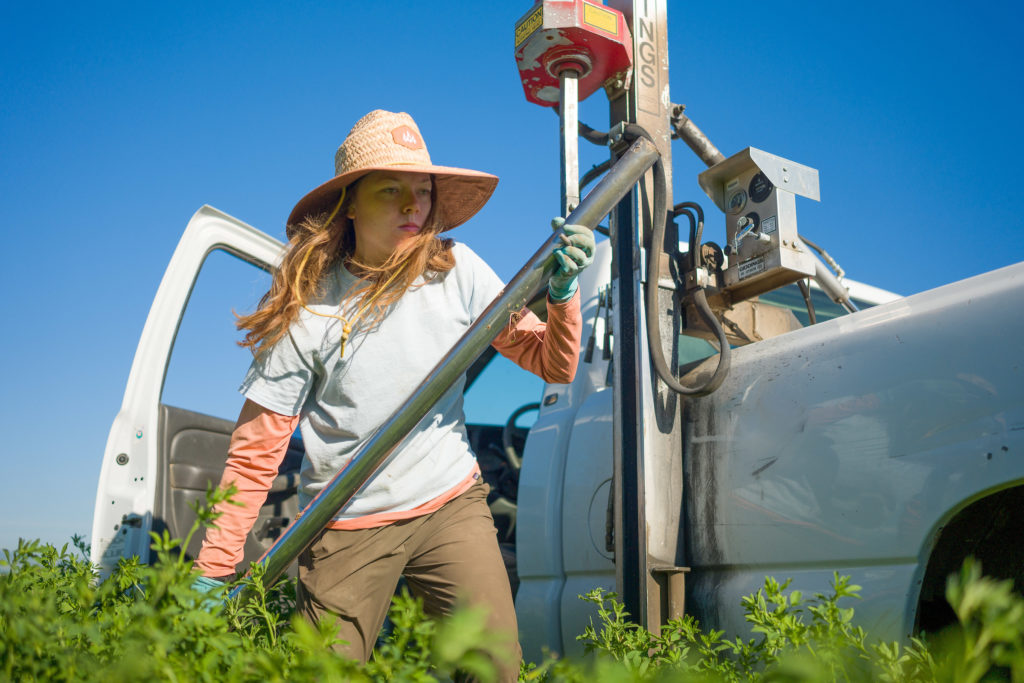
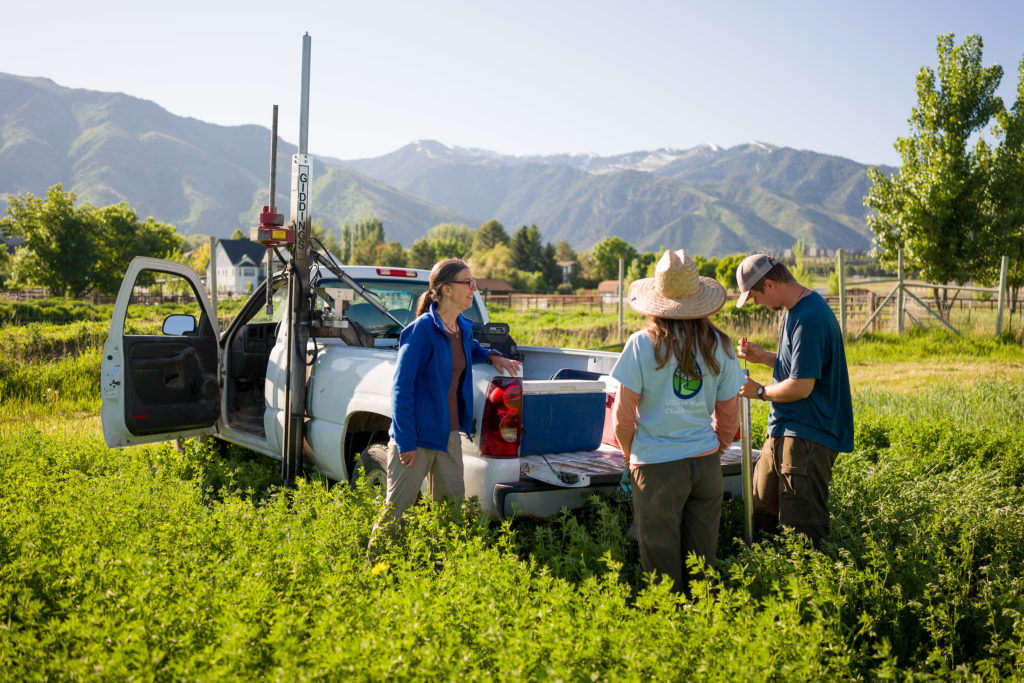
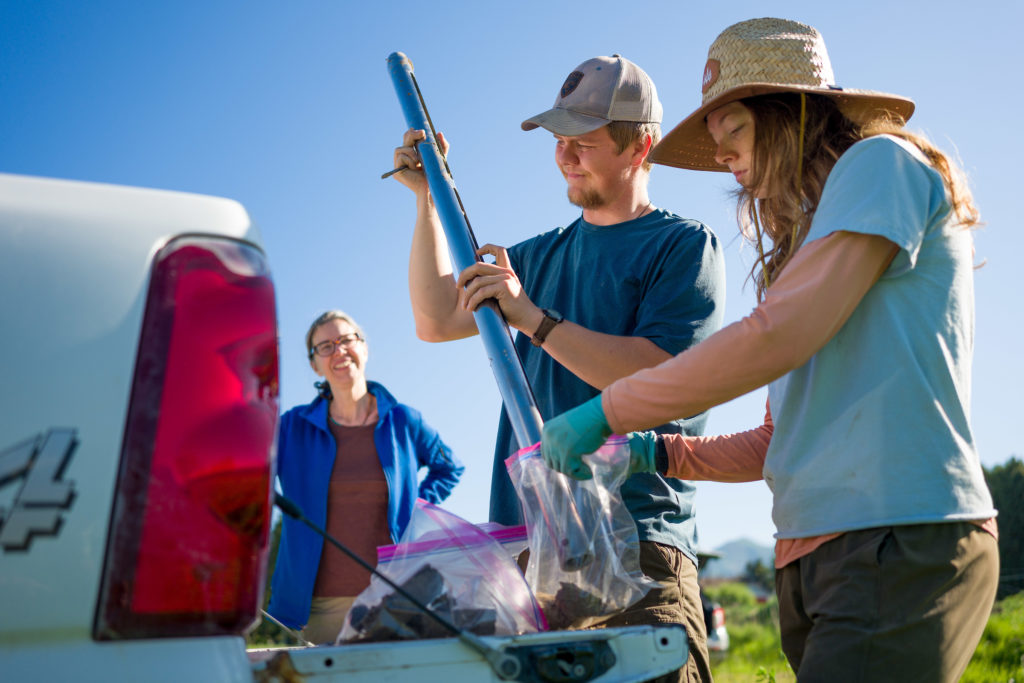
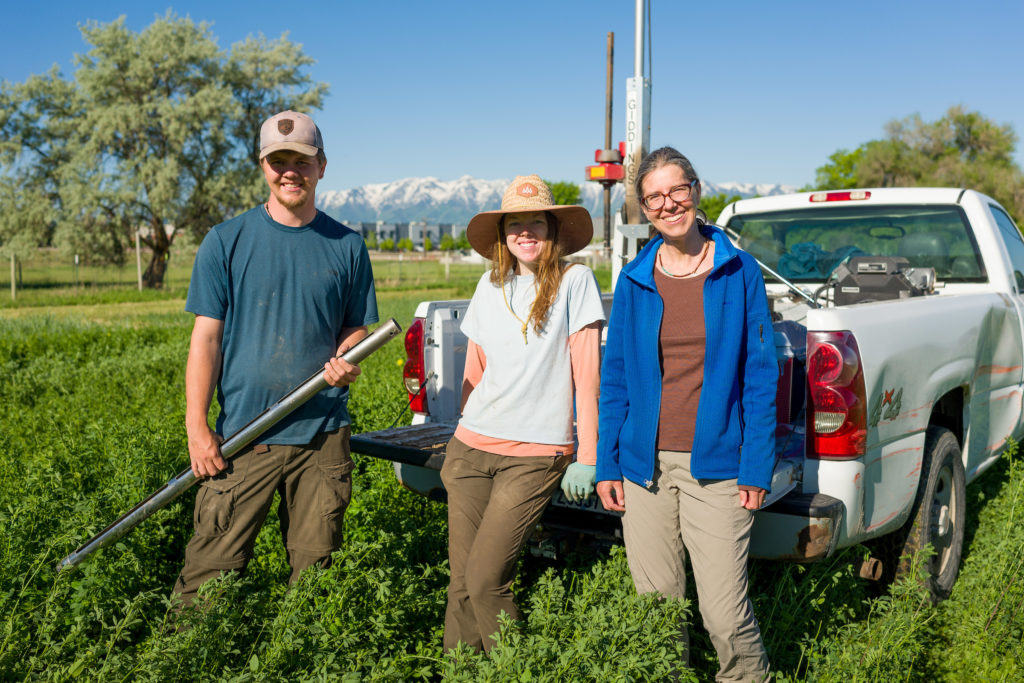
Ethan Brightbill: What is the state of carbon farming right now? And how does it differ from other forms of carbon sequestration?
Jennifer Reeve: First, it’s important to recognize that farm practices that promote soil carbon storage are nothing new. They’ve been promoted by researchers and organizations like the Natural Resources Conservation Service for decades and can be traced back to the rise of the organic movement in the early 1920s with their call to feed the soil. What is new is a lot of terminology and the interest in managing soils to mitigate climate change.
Matt Yost: For decades, probably since we started farming, we realized that the more organic matter you have in a soil, the better the crops do since the soil holds more water and nutrients. And organic matter is about half carbon, right? When you put more carbon in the soil, you increase organic matter and crop production.
In the past, the focus was on improving the soil for mainly the farmers themselves and their operations. What’s different now is that there’s a lot of interest in carbon markets. Other industries are looking for ways to offset carbon emissions to reduce their environmental footprint. A lot of them are considering paying farmers to sequester more carbon to become carbon neutral.
What barriers exist to using carbon farming as a climate solution right now?
Reeve: One important barrier is knowing how much carbon a given practice actually sequesters in the soil and how long it will stay there. We know that perennial crops, for example, will increase soil carbon, but we don’t know how much for a given soil type, environment, or management history. If we’re going to put a price on a farmer storing carbon, we need to know how much of an offset that’s going to create. Otherwise, we’re paying for potentially nothing.
Yost: Another barrier is acceptance of climate change. Especially in the agriculture industry, it’s controversial. But when it comes to the idea of putting carbon into the soil, farmers are all on board because they know the benefits of doing that, regardless of whether it’s trying to mitigate climate change.
There’s also just the logistics of setting up business transactions to pay for carbon offsets. It’s been tainted a bit because some people have tried to do that and didn’t deliver on promises to companies or farmers, so there’s a lot of caution in the industry to get things right.
What will your day-to-day work look like?
Reeve: First, we’re identifying growers to work with and interview about their management practices. We pull up their farms on a soil map and identify locations with uniform soil types. If we see variability in terms of management as well as good records, then we bring them into the project.
For example, we might compare fields that have been in pasture for 20, 10, and five years with annual crops. By selecting fields under different types of conservation management for different lengths of time, we can begin to model the effects of management and time on carbon buildup in the soil. And that’s critical because the other way to find that information is to wait 20 years to see what happens — that’s expensive.
There’s potential for variability, so when we go in, we sample the soil and weigh, measure, and poke it in lots of different ways to determine bulk density, carbon content, nitrogen content, microbial activity, soil respiration potential, and more.
Yost: In other parts of the country, our partners are comparing farmland to maybe prairie or forest and looking at the difference in carbon. Here in the West, it’s different. If we don’t irrigate, we don’t have much carbon in our soils. So, we’re looking at permanent crops, like irrigated pasture, compared to crops that get rotated more frequently. And our partners are collecting the same type of information on farms in their areas.
All that data is put together to create an inventory of potential carbon storage. Then there’s a modeling component where our partners will see if they can estimate changes in carbon storage over time, systems, and topography to give a good baseline for the country.
Reeve: The goal for the future is to enable a farmer to submit a soil test and site history so that the carbon storage potential for their particular farm can be estimated. Then the carbon credit company can decide how much to pay them.
Yost: Some of the processes companies are asking farmers to use are expensive, and they don’t provide results right away. Ultimately, we’re trying to help them move from benefiting their farm to also benefitting society and the environment as a whole.





